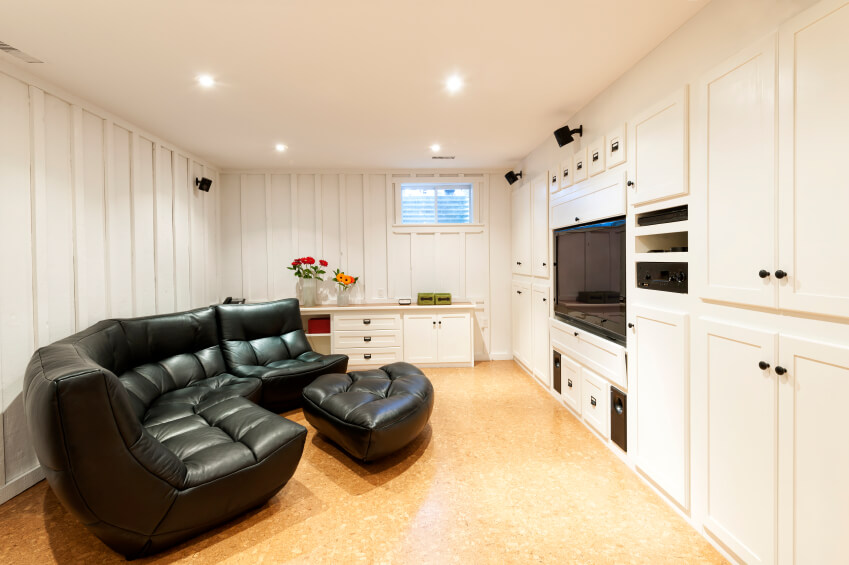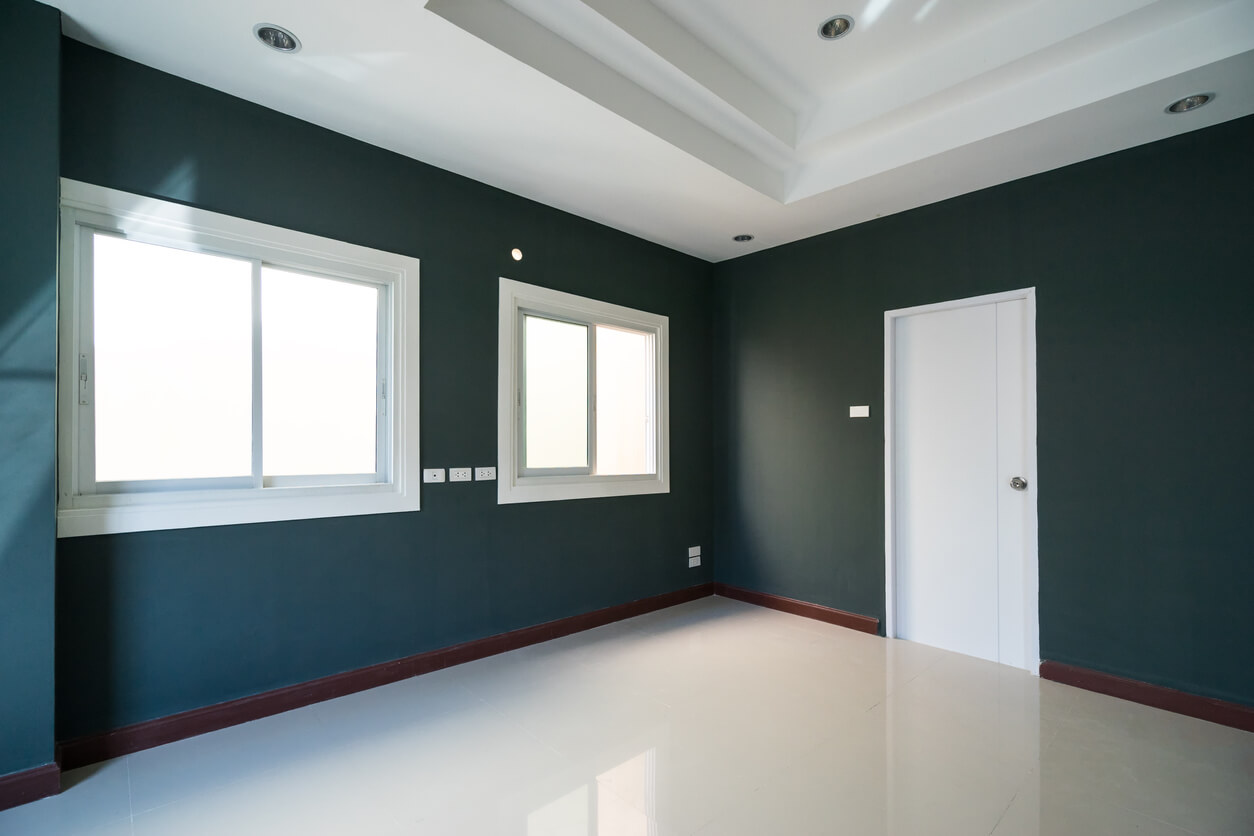Are you doing a windows project?
Modernize can pair you with three to four pros in your area, so you can compare options and save time and money.
There are several types of windows that count as an egress window. While recommended egress window types can vary by location, they all follow International Residential Code laws which allow for safe operation. Let’s take a look at everything from an egress casement window to a double-hung egress window so you find what works best for you.

Casement Windows for Egress
- Best for: Small spaces
Casement windows can be used for egress easily. They create one single opening that you can climb out of, whereas double- or single-hung windows cut the space in half. This means egress windows that are casement style make better use of the window opening and will allow you to get a viable egress window out of a smaller frame. If you want the smallest egress window, casement windows or sliding windows are going to be your best bet.
Skylight Egress Windows
- Best for: Finished attics or bedrooms with slanted or peaked walls
While most people do not think of skylight windows as a good escape window, they can be used as an egress window when the proper size options are chosen.
The skylight window installation must be placed within 44 inches of the floor, which means it will probably only work in certain peaked rooms of a home.
A skylight window that swings open to the side, like a casement window, would be perfect for egress window codes. Especially in finished attics, these windows bring additional charm and character to the space. Most egress windows are not intended to improve the appearance of your home, but they are designed to boost your overall safety. However, skylight egress windows combine the best of both worlds.
Single-Hung Windows
- Best for: Larger wall spaces and those on a budget
Single-hung windows are some of the most commonly used types of egress windows, likely because they’re the most affordable. These windows open vertically, and they can cost as little as between $100 and $400 each.
However, you will need a good amount of space for this window. Once you’ve opened it, it needs to have a net minimum square footage of five feet (or 5.7 feet for a bedroom on a higher-level floor).
Double-Hung Egress Windows
- Best for: Larger wall spaces and homes that need extra ventilation
A double-hung window is similar to a single hung window, except both the lower and upper sash can move. These sashes move up and down and usually tilt out for easy cleaning and maintenance. For a double-hung window to be used as an egress window, both sashes must be able to open from both the top and bottom.
Find the Right Contractor for Your Windows Project
Whether you’re ready to begin your project now or need some expert advice, our network of contractors are here to help. With a few simple questions, we’ll find the best local professionals for you
Double-hung windows are the most common replacement windows. They are available in a great range of sizes and materials and are offered by all top brands. Keep in mind that like single-hung windows, once this window is opened, the net clear opening space must be five square feet in a basement or ground floor room (and 5.7 square feet for any floor above that).
Egress Awning Windows
- Best for: Homes that want maximum light and ventilation
Awning windows are hinged at the top and open outward from the bottom. They are a variation of a casement window, making them good for small spaces, and since they fully open, they let you get the most fresh air possible. Like other casement windows, egress awning windows are a single, clear piece of glass, uninterrupted by mullions. These allow for excellent light and good views outward.
If you like this style, you may also like hopper windows. They are almost identical to awning windows except that they are hinged at the bottom instead of the top.
Egress Slider Window
- Best for: Long, narrow wall spaces
If you can’t squeeze in anything besides the minimum height of 24 inches for an egress window, you should get a slider window for egress. These long windows slide sideways instead of sliding up and down. They are ideal for odd-sized walls as well as narrow spaces. As a bonus, this window type also tends to be one of the most affordable.
Our Top Pick for Egress Window Type
If it works in your space for your egress window, casement is our favorite type. It allows the most light, the most air, and provides a safe and easy way into and out of your home. However, all the types on this list were chosen for meeting egress requirements as well as for their style benefits and ability to provide ventilation and light.
A window contractor can come out to your space and help you pick an egress window type that fits perfectly.
Find the Right Contractor for Your Windows Project
Whether you’re ready to begin your project now or need some expert advice, our network of contractors are here to help. With a few simple questions, we’ll find the best local professionals for you
Reviews from Real Homeowners
Welcome to Homeowner Resources! We are the Modernize blog. Modernize pairs more than 3 million homeowners a year with pre-vetted contractors in their area. This blog started because we believe homeowners should know everything about their homes, from how their HVAC works to which front door colors they might love. On Homeowner Resources, you can find information on every part of your home, right down to how you can negotiate with contractors to get the best price. Here's more about the blog.
Need a contractor? Learn more about how Modernize finds the right pro for you.


